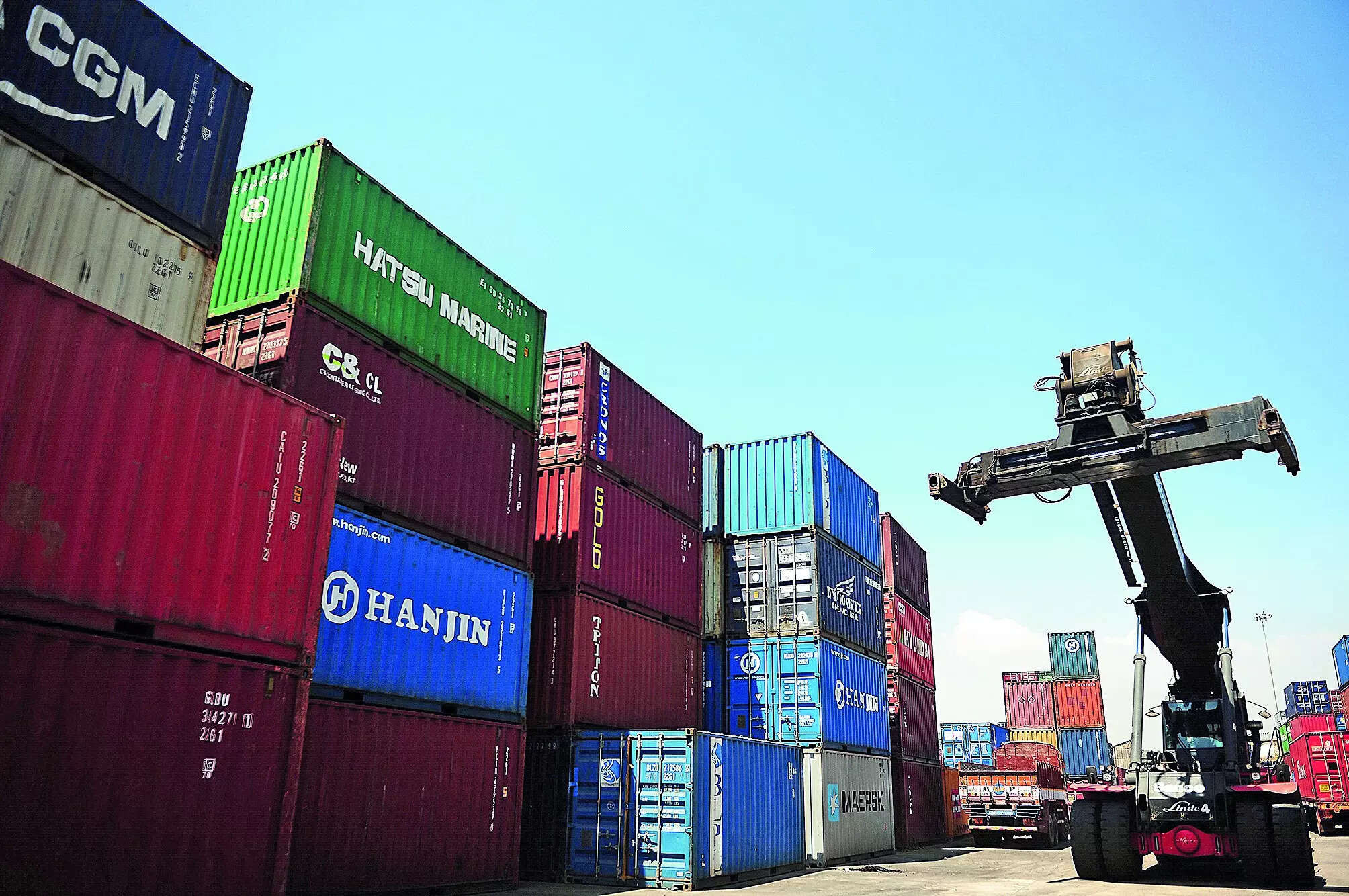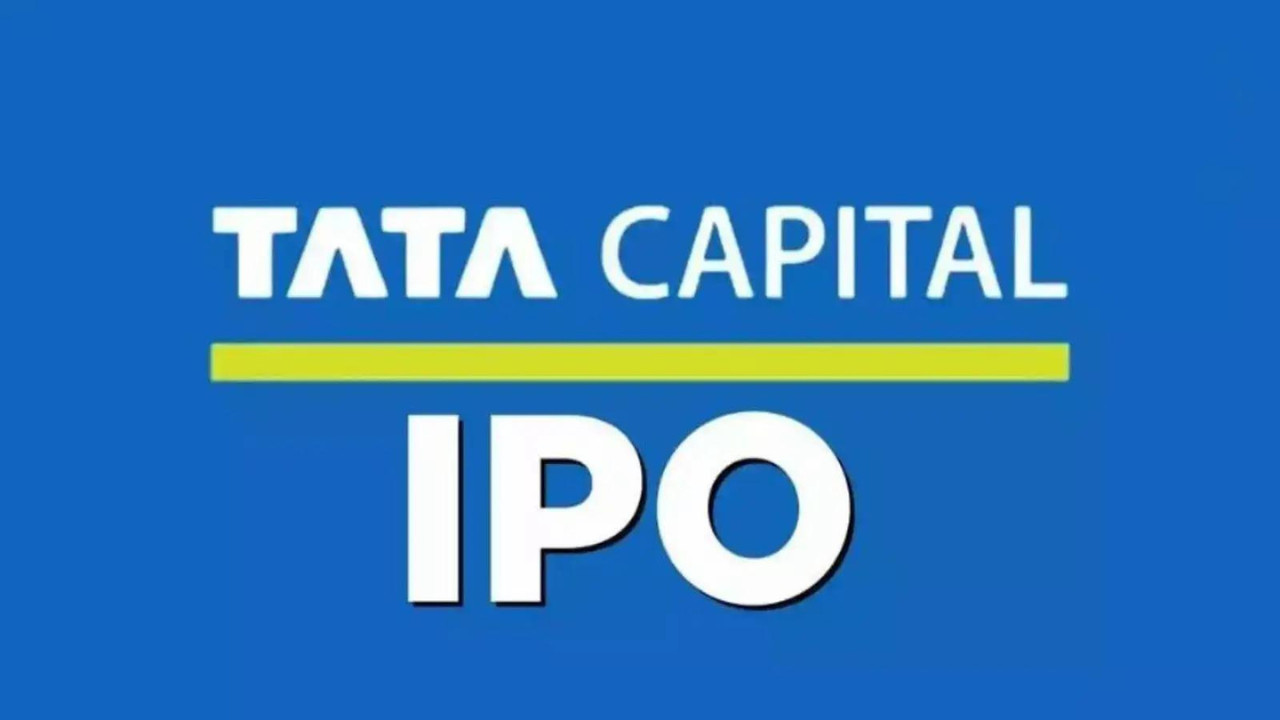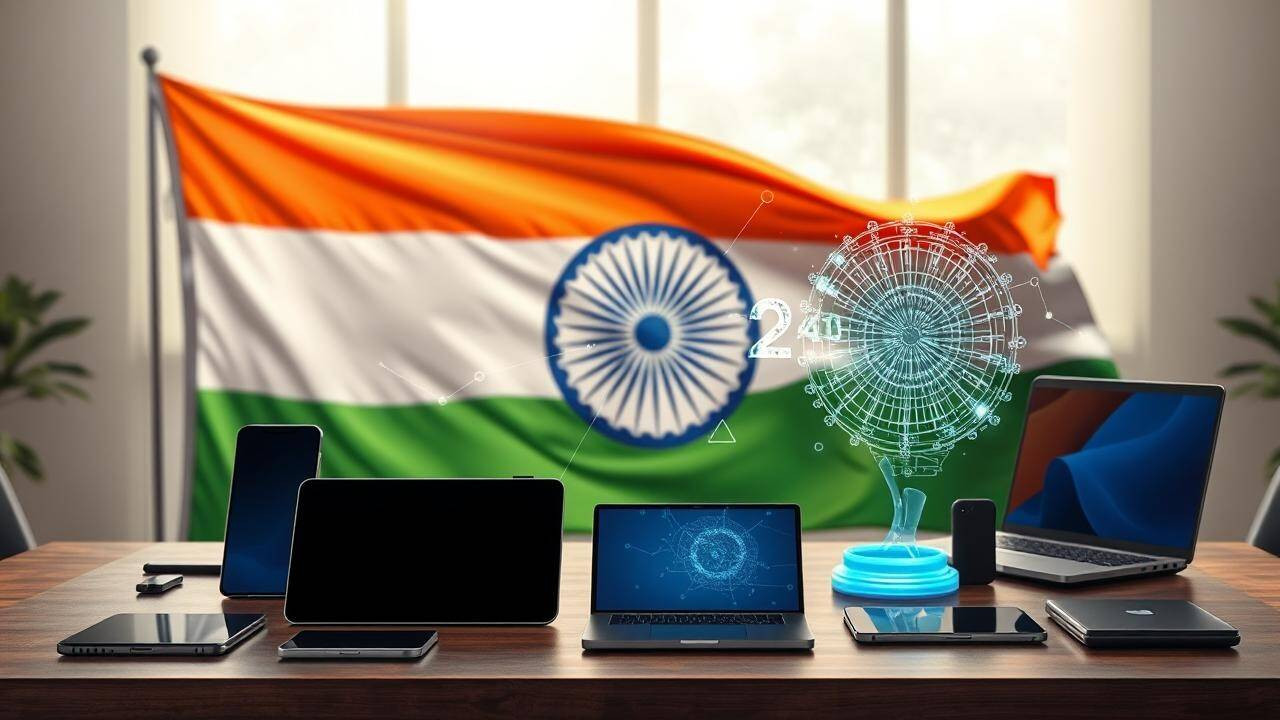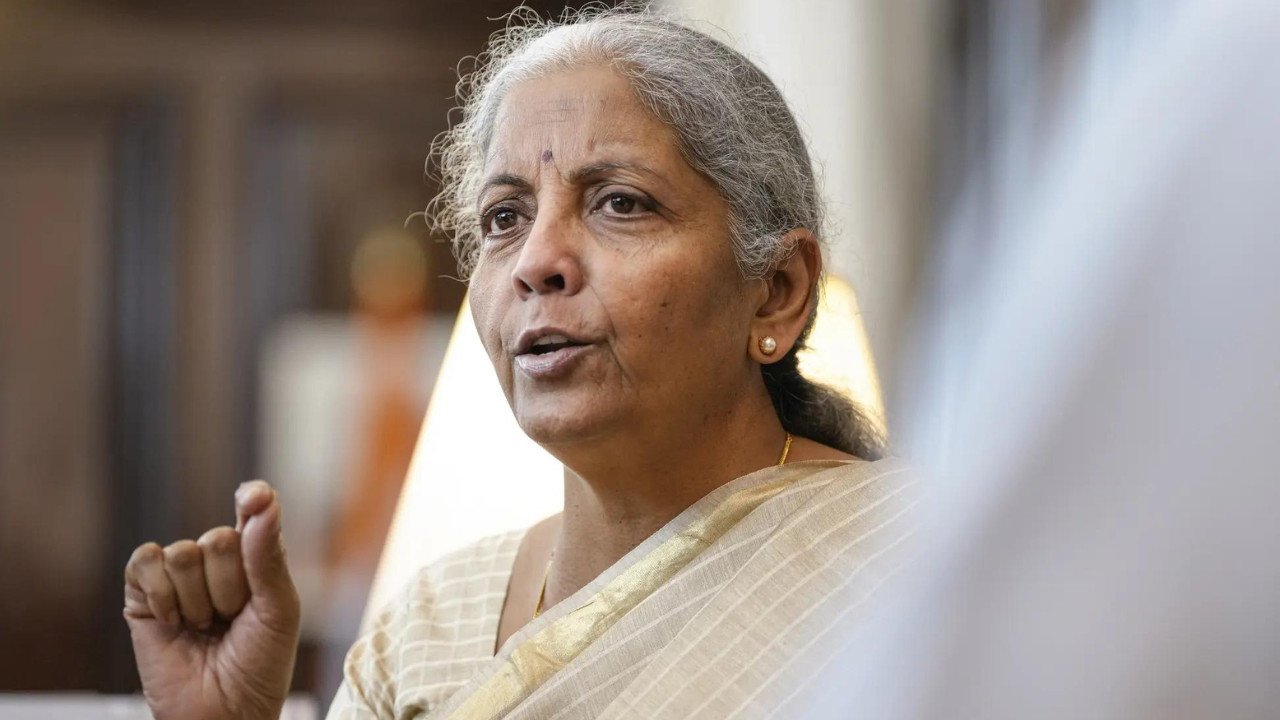Navigating the Choppy Waters: Can India’s Exports Regain Their Momentum?
The global economic landscape feels less like a smooth highway and more like a winding mountain pass lately. For India’s export sector, particularly industries like gems, jewelry, textiles, and engineering goods, the journey has become significantly bumpier. A recent report from the Indian Council for Research on International Economic Relations (ICRIER) highlights the challenges these sectors face and underscores the need for strategic government intervention. But what’s really happening, and what can be done to steer these industries back on course?
Decoding the Downturn: Why Are Exports Struggling?
Several factors are conspiring to create headwinds for Indian exporters. The most prominent is the softening global demand. As major economies grapple with inflation and the lingering effects of geopolitical instability, consumer spending is tightening, leading to a reduced appetite for imported goods. This impacts sectors reliant on international markets.
For example, consider the gem and jewelry industry, a significant contributor to India’s export basket. The sector is vulnerable to fluctuations in global luxury spending. Similarly, the textile industry faces fierce competition from countries with lower production costs, while engineering goods are sensitive to the overall health of the global manufacturing sector. The ICRIER report indicates that these sectors, already grappling with pre-existing challenges, are now feeling the pinch of a less buoyant global economy.
Where Do Key Sectors Stand?
Certain sectors are demonstrably facing more challenges than others. Labour-intensive industries like textiles and leather goods are increasingly susceptible to cost competition from countries like Vietnam and Bangladesh. The gems and jewellery sector, traditionally a strong performer, has seen a marked decline in demand from key markets. This vulnerability is partly attributed to the sector’s heavy reliance on specific export destinations, making it susceptible to regional economic downturns.
Engineering goods, while a diverse sector, face challenges related to global supply chain disruptions and increased competition from established players. Maintaining competitiveness requires innovation, technological upgrades, and a robust infrastructure – areas where sustained investment is crucial.
A Helping Hand: What Kind of Support is Needed for India’s Export Sectors?
The ICRIER report advocates for a multi-pronged approach to revitalize India’s export performance. These aren’t just broad suggestions, but targeted interventions to address the specific pain points within each sector. One key recommendation is to revisit and refine existing export promotion schemes, ensuring they are effectively reaching the intended beneficiaries and are aligned with the current global economic realities.
<img src="image-of-indian-goods-being-shipped.jpg" alt="Indian goods being loaded onto a cargo ship, illustrating the importance of government support for export sectors.” width=”600″ height=”400″>
Beyond financial incentives, the report emphasizes the need to address structural bottlenecks that hinder export competitiveness. This includes improving infrastructure, streamlining regulatory processes, and facilitating access to affordable credit. For instance, enhancing port efficiency and reducing logistics costs can significantly boost the competitiveness of Indian exporters.
Investing in research and development (R&D) and promoting technological upgrades is also crucial. This will enable Indian manufacturers to produce higher-value goods and compete effectively in the global market. Furthermore, fostering collaboration between industry, academia, and government can accelerate innovation and drive export growth.
Beyond Immediate Relief: Long-Term Strategies for Sustainable Export Growth
While immediate support measures are necessary to mitigate the current challenges, a long-term vision for sustainable export growth is equally important. This involves diversifying export markets, reducing reliance on specific destinations, and exploring new growth opportunities in emerging economies. India should actively pursue free trade agreements with strategic partners and strengthen its engagement with regional trade blocs.
Moreover, there’s a growing need to focus on value-added exports, shifting from raw materials and low-value manufactured goods to higher-value products and services. This requires investing in skill development, promoting innovation, and fostering a conducive ecosystem for entrepreneurship. Related to this, enhancing the brand image of Indian products and promoting “Brand India” globally can help increase demand and improve price realization. You may be interested in reading more about government initiatives to support manufacturing in India here.
The Road Ahead: A Collaborative Effort
Reviving India’s export momentum requires a collaborative effort from government, industry, and other stakeholders. It’s about understanding the unique challenges faced by each sector, designing targeted interventions, and creating an enabling environment for sustainable growth. Only then can India navigate the choppy waters of the global economy and unlock its full export potential.
By focusing on strategic support, infrastructure improvements, and long-term strategies for growth, India can ensure that its export sectors regain their footing and contribute significantly to the nation’s economic prosperity.







